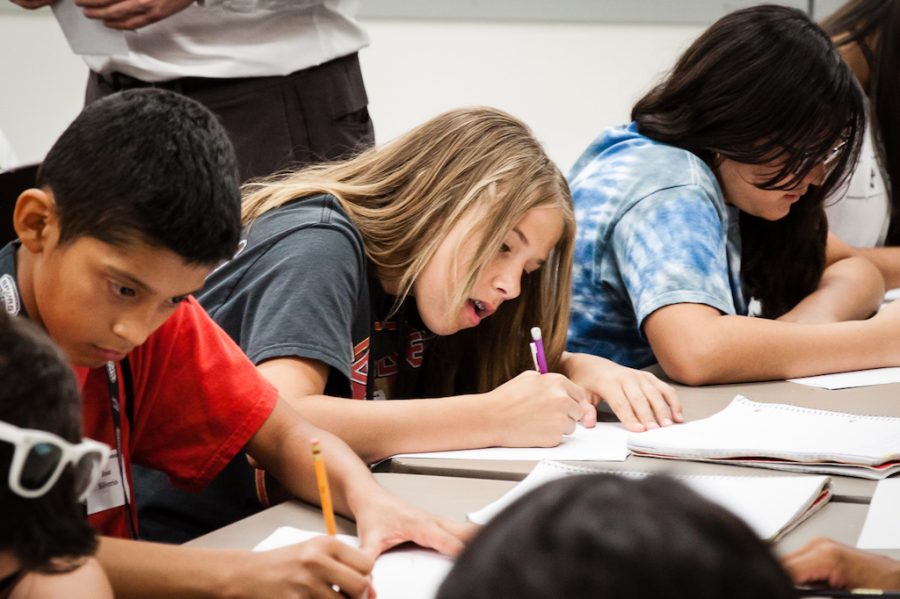Post-pandemic test scores drop to lowest levels in decades
Bruce Matsunaga | MaxiNews
November 12, 2022
A steep plummet in student performance on math and reading examinations indicates that educational support following the pandemic learning has been inadequate.
The National Assessment of Educational Progress, also known as the nation’s report card, is an exam administered nationwide to assess reading and math proficiency in elementary school students.
The NAEP is typically conducted every two years. This schedule was interrupted by the pandemic, making it so that the latest test results were the first to be reported since 2019.
Many educators and lawmakers were alarmed by the findings, which was the first quantifiable comparison of students’ academic progress pre- and post-pandemic.
According to the report, the average fourth grader’s math score dropped by five points, while the average eighth grader’s dropped by eight points. Reading scores for both grade levels fell by three points.
Students haven’t performed at such low levels since the early 2000s. Experts say the decline was caused by the COVID-19 pandemic, when schools shifted to online learning.
“In NAEP, when we experience a 1- or 2-point decline, we’re talking about it as a significant impact on a student’s achievement. In math, we experienced an 8-point decline — historic for this assessment” Peggy Carr, a commissioner of National Center of Education Statistics, said.
A 10-point gain or loss is comparable to roughly one year of education, according to researchers of the NAEP exams.
Some think that the pandemic’s consequences were irreversibly severe and that the drop in exam scores indicates that pandemic-era students are a “lost generation.”
However, all hope is not lost. Students can catch up on their learning if school districts implement comprehensive programs that allow for more time and resources dedicated to courses where students are struggling.
Brookings recommends recovery initiatives such as additional tutoring, summer learning programs and expanded instructional time.
During the COVID-19 pandemic, students faced learning obstacles which caused test results to fall to the lowest levels recorded in decades.
These shortcomings included educators and parents with resources to navigate and ensure that remote learning was effective.
Reyes Pineda-Rothstein, an eighth grader from Chicago, told the New York Times about the isolating nature of virtual classrooms and how easily distracted he was from online lessons.
Many students lost loved ones to COVID–19, making it difficult to focus on school. Parents had to worry about protecting their family’s health while simultaneously grappling with financial concerns, food insecurity, mental illness and homelessness.
The Child Mind Institute suggests students are not participating in distance learning as much as their parents and instructors would want for these reasons.
Additionally, it’s difficult for students to remain engaged if they don’t have a quiet workspace, stable internet connection and technology.
According to the New York Times, Black and hispanic children saw the largest learning interruptions. Black and hispanic pupils are also more likely to attend schools in low-income districts.
Racial disparities that existed prior to the pandemic widened after kids were left without adequate resources for remote learning as compared with students in wealthy districts with higher school funding.
Since every part of the nation saw a drop in test scores, all states need to be a part of the solution. While having proper funding can help implement initiatives that can help students recover, reforming education and how students learn will also go a long way.
UNICEF developed a six-point plan for governments to follow in order to help their pupils thrive in a pandemic’s aftermath.
Three of their six post-pandemic rebuilding recommendations stand out: closing the digital divide, expanding access to health and nutrition services and ending violence and neglect in children’s homes.







